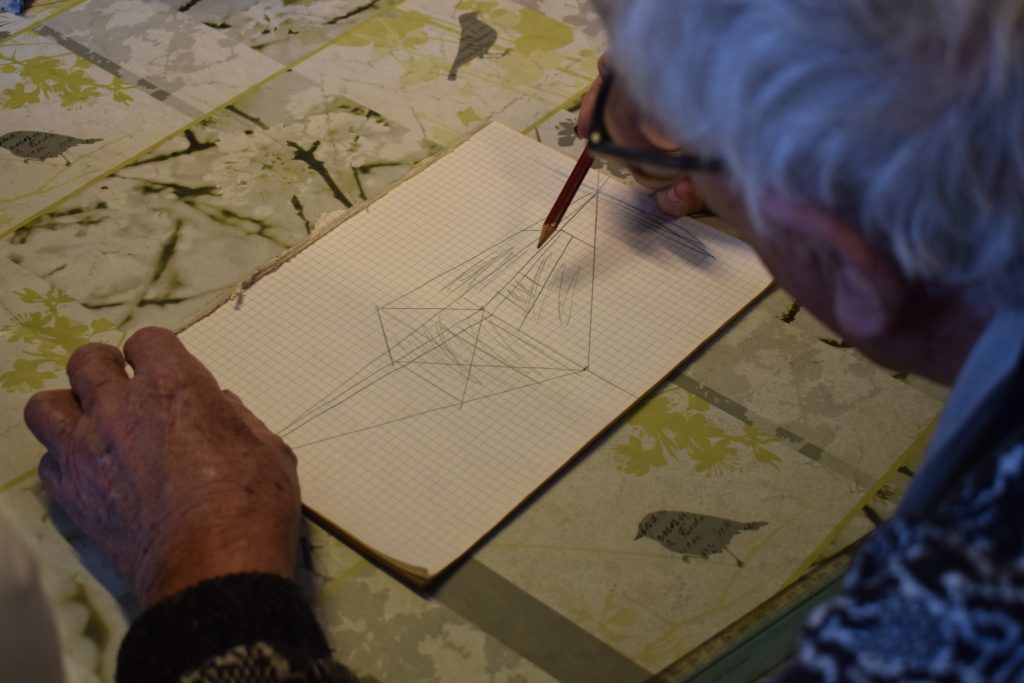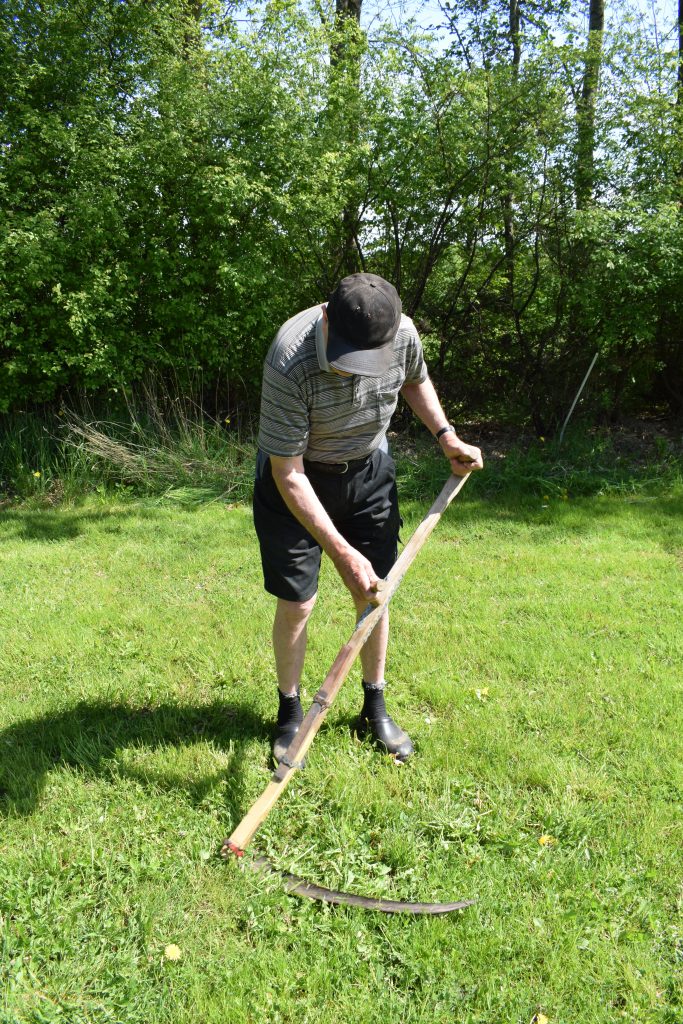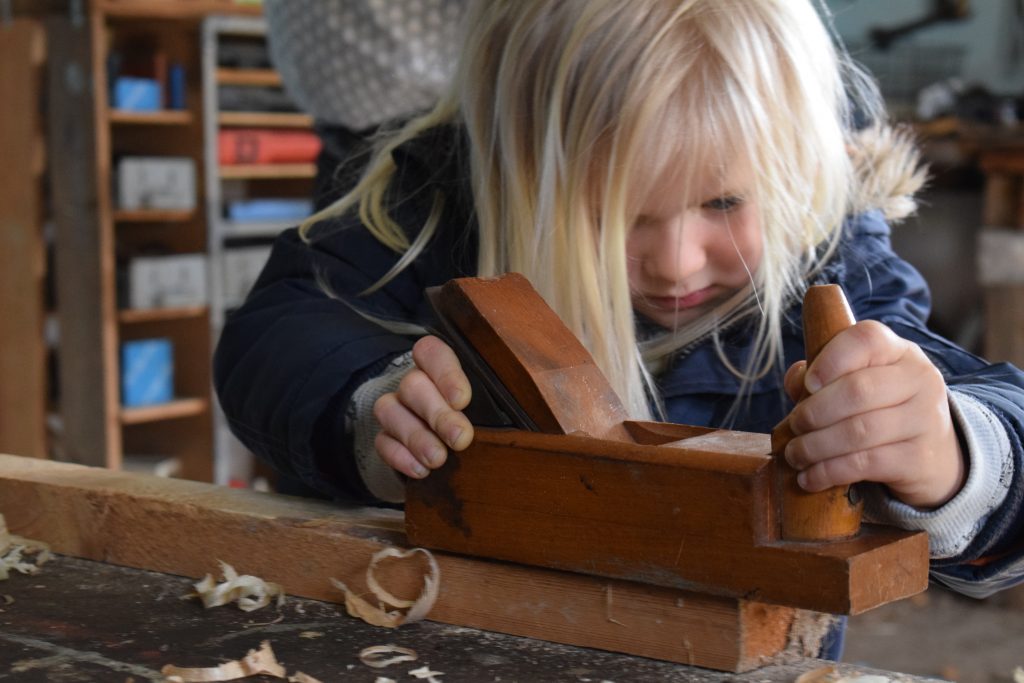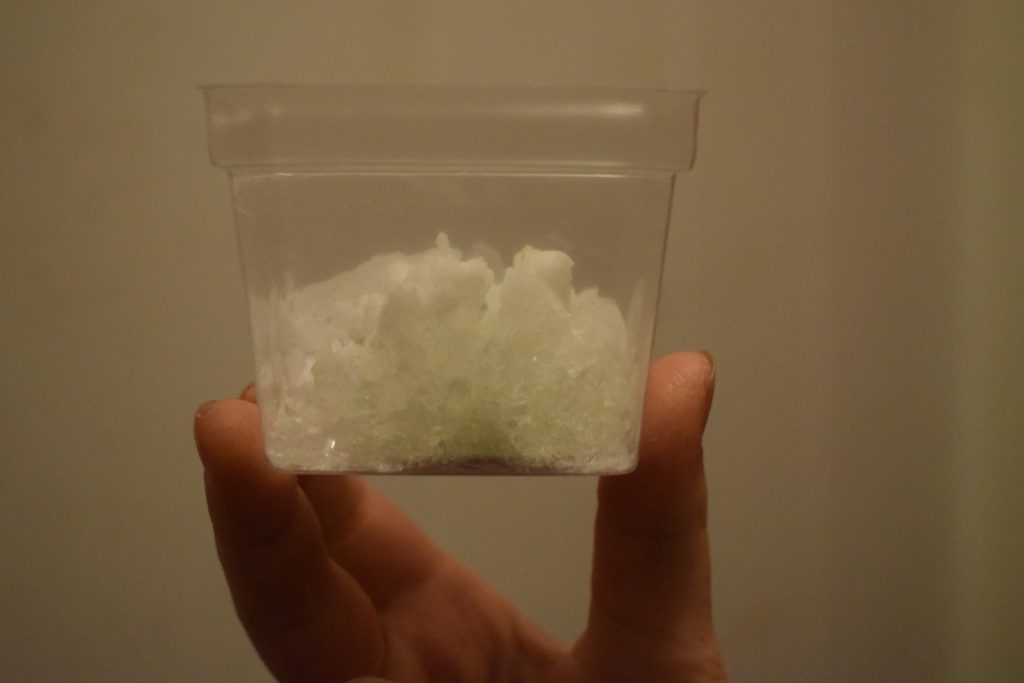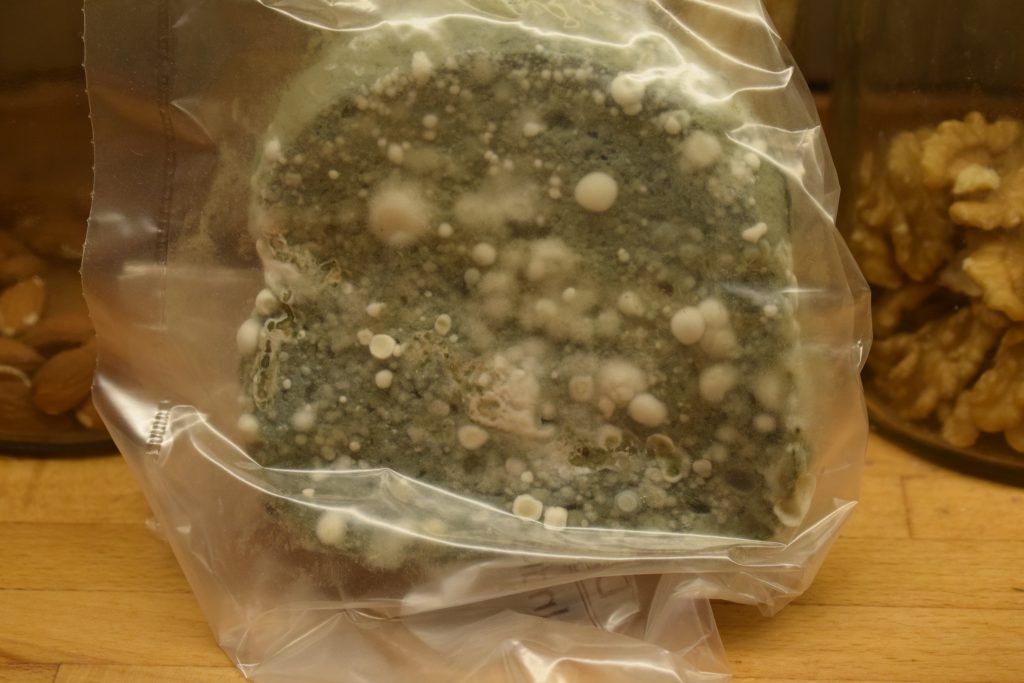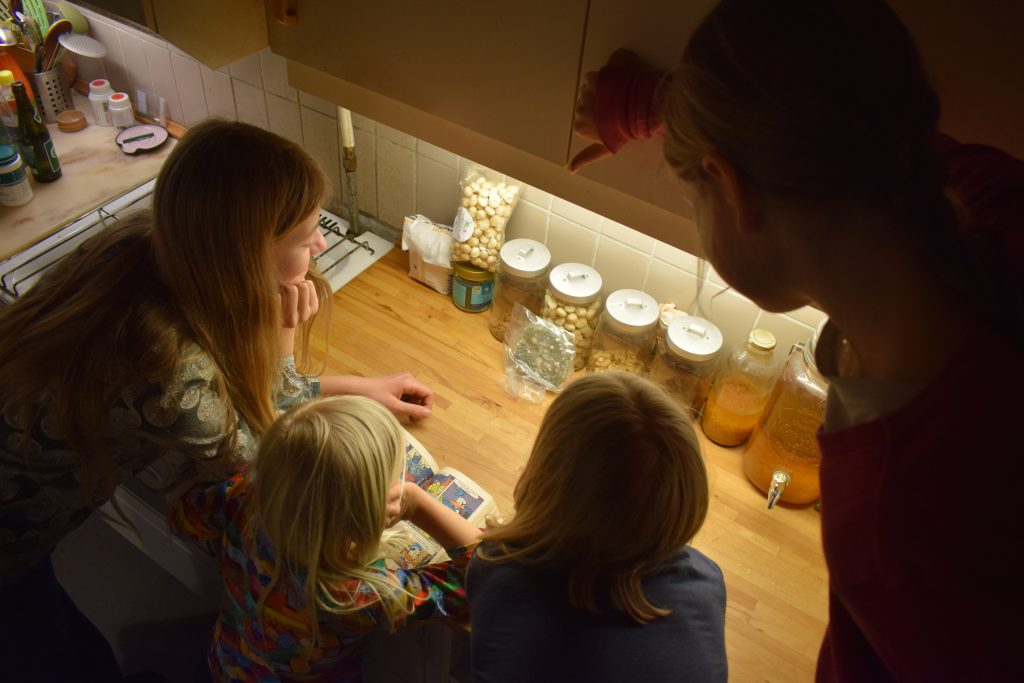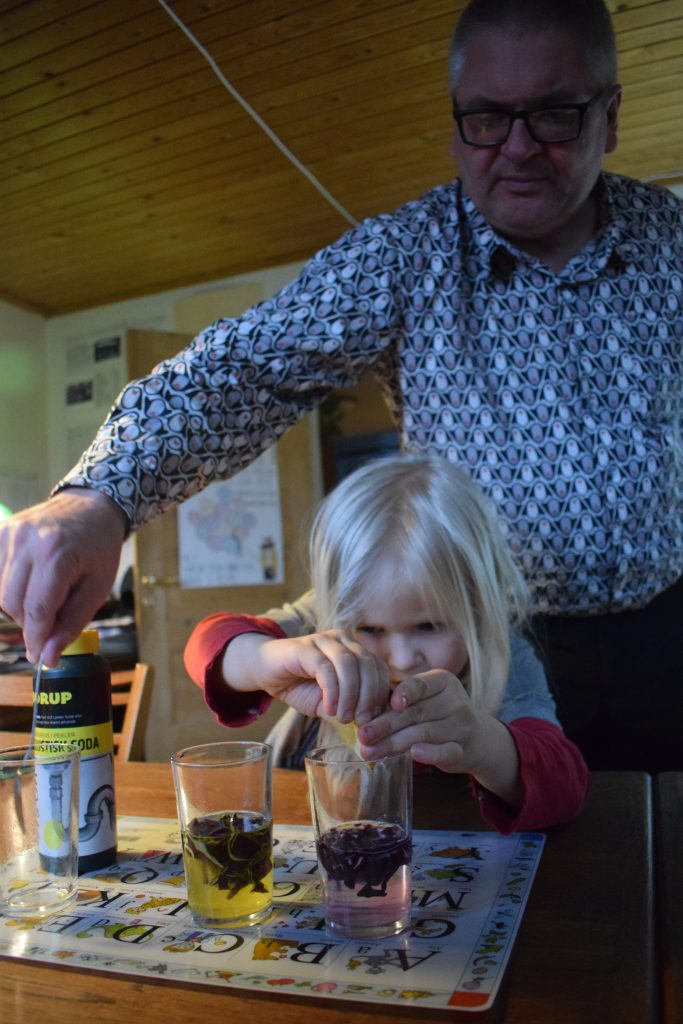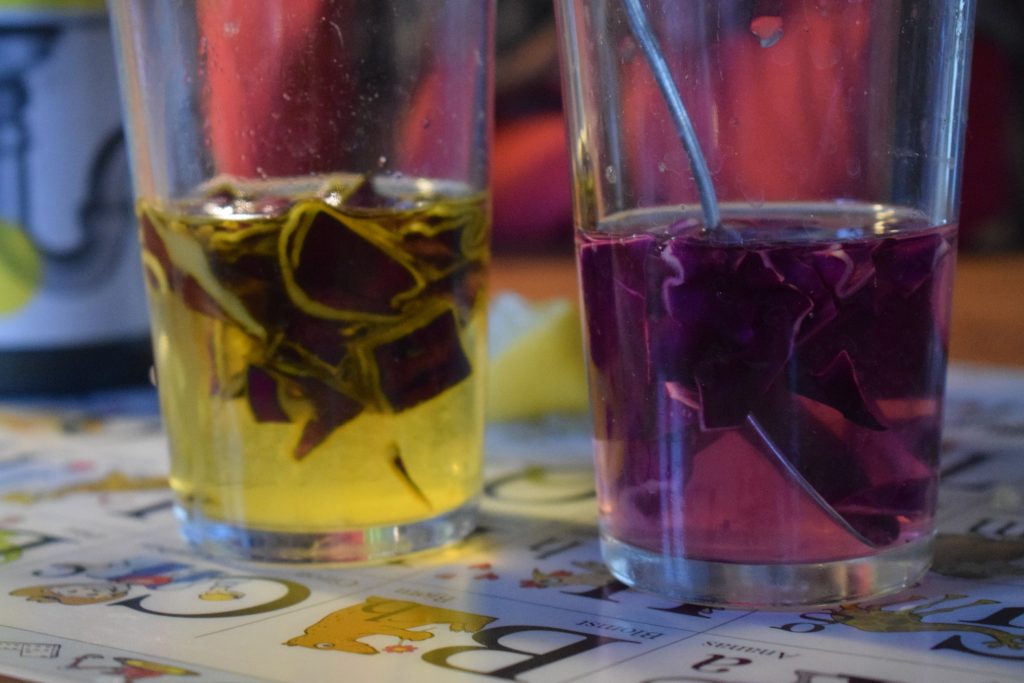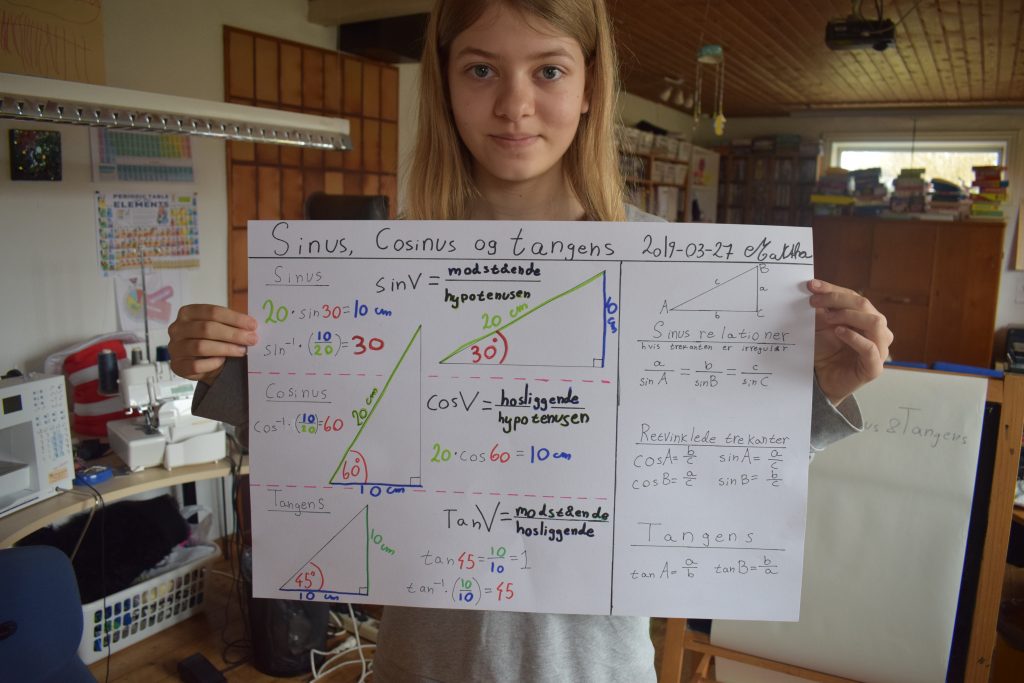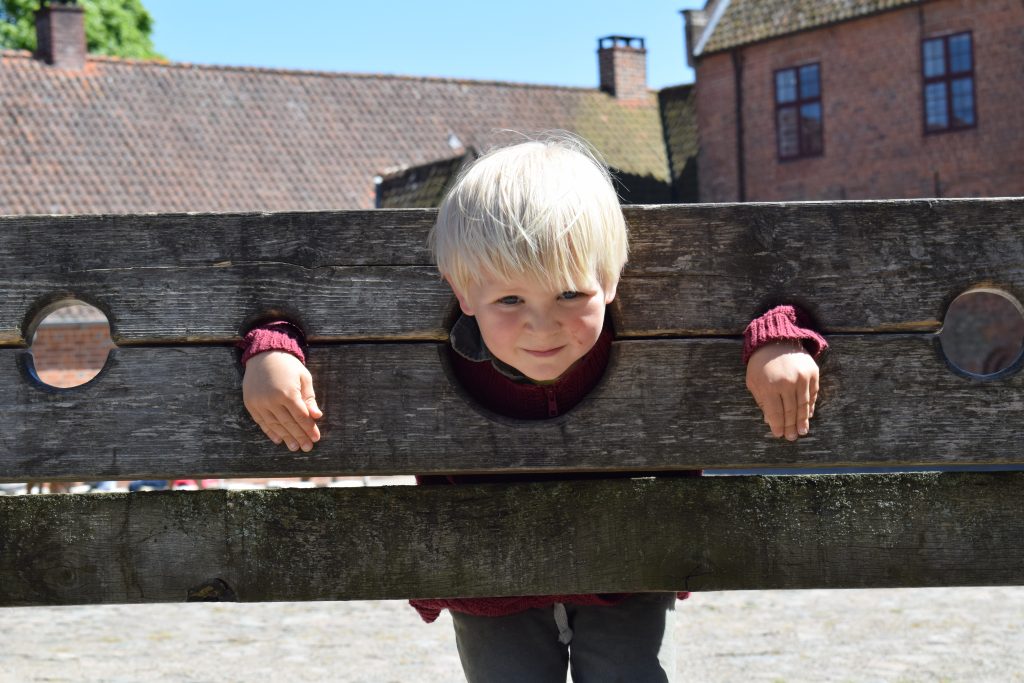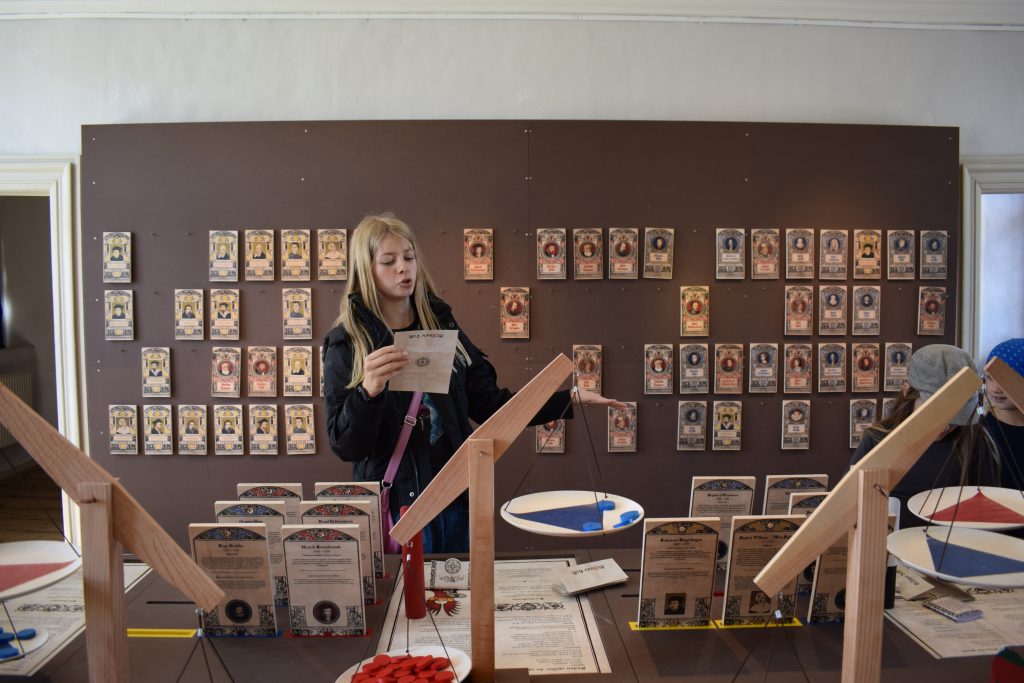When we set out home schooling 10 years ago, we talked a lot about what our basic ideas were. We realized that most other homeschooling families we met, had other ideas from ours, that shaped their Home School. These are our foundation, and we try to stay as true to them as possible.
- We try to answer all the children’s questions, right now or as quickly as possible. We say “yes!” if we can. We try to fulfill all learning wishes set forward by the children.
- Every member of the family contribute in practical chores. We are all a precious part of the team.
- Our goal is to learn something new every day. To learn as much as possible, based on our present level, individually. Our level of knowledge is not static, we are all the time in a progress of learning.
- We spend as much time as possible together, as a family, and prioritize time spend talking together. It is important for us to have plenty of time to eat together.
- We teach our children to respect each other and other people. We accept that other people have different views to us. We are allowed to be free to be so physical that we may hurt ourselves, and find our natural limits. We may shout, scream, be unfair, tired, but always be able to say sorry and work on making things good again, with respect for the damage we may have caused. We work on finding our own limits and others.
- We do not shield our children from the world, we inform and enlighten them. You can tell children about everything in the world, you just have to find the best way for them to understand right now in their level of understanding.
- Teach our children to take initiative.
- We limit trips and visitors to at the most every second day. We prioritize space for personal development.
- Screen time is limited to a minimum. Spending time outside in the nature, time for play, movement and creativity are prioritized.
- We aim for a level of learning, that is above elementary school, so our children with ease could be included in such a school, if it no longer are possible for us economically to afford homeschooling on one full salary and a part-time wage.

